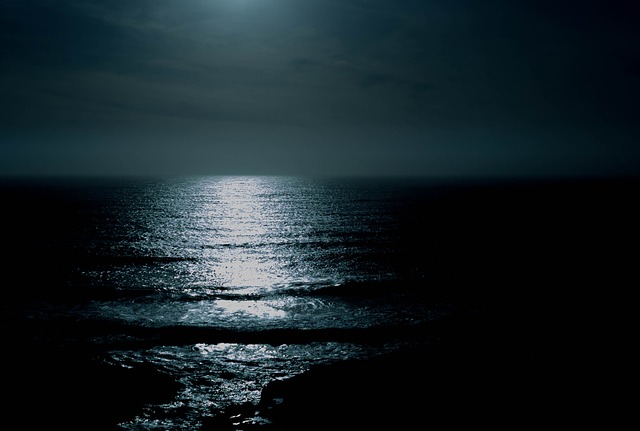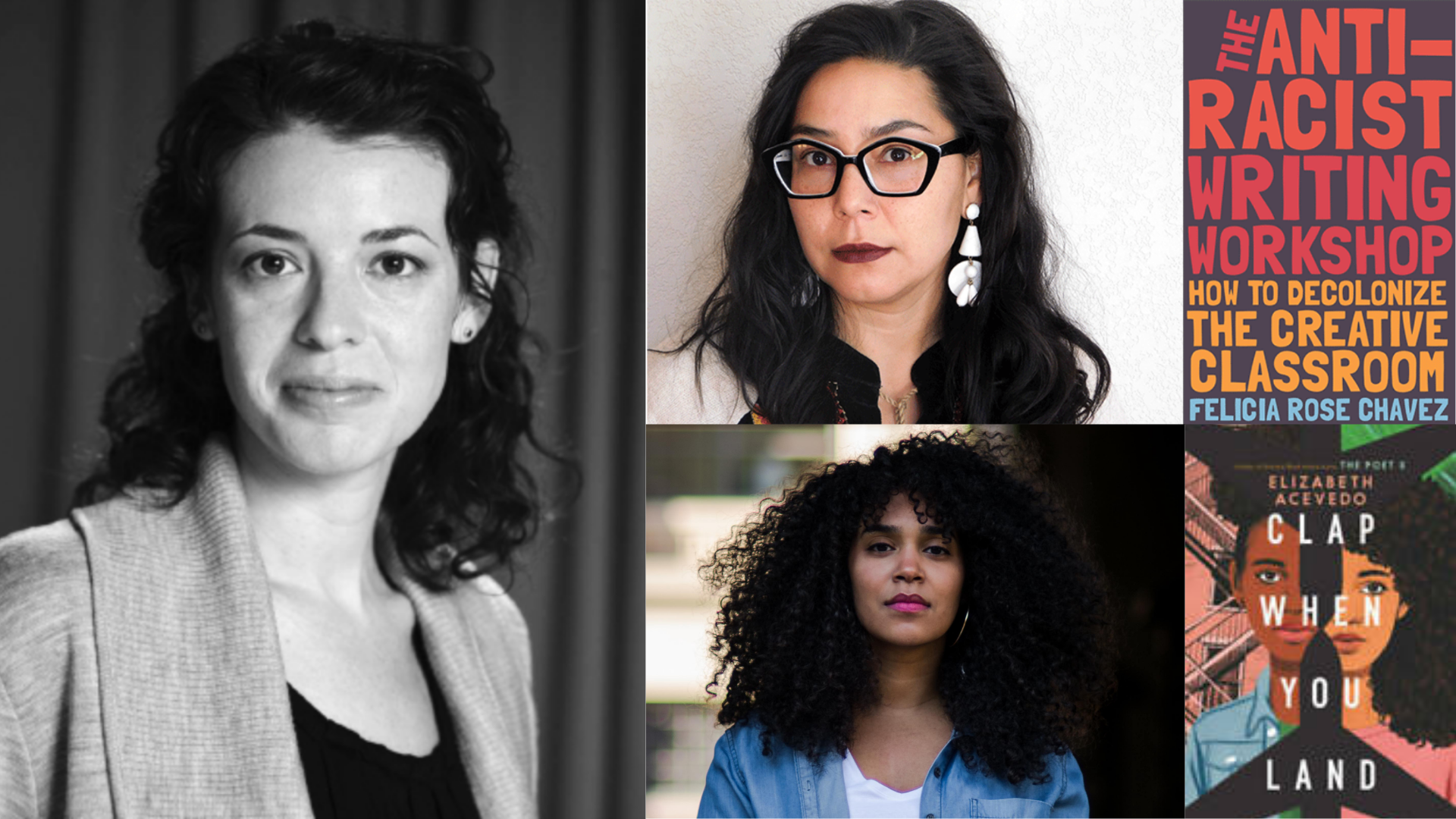What she had believed was indignation or rage or a deep intolerance for injustice came down to this: she was irreducibly in love with this bewitching planet, this thrilling life, this heartbreaking species she belonged to, with its capacity for stupefying destruction and breathtaking magnanimity.
—Thrity Umrigar, The World We Found
The world is in a constant flux of beauty and great turmoil. Artivism is promoting understanding as a bright beacon in often dark circumstances.
We wouldn’t bother with executing the perfect movement, blending of colors, or playing the right melody if we didn’t care about life and its countless manifestations on this earth. We’re all testifying about being human, as we each know it. Practicing art is one of the purest ways to do so—it is how we enhance, catalog, preserve, protest, interrogate, celebrate, lament, and glean meaning from our experiences.
Artivism is conveying to children that art is not only a means to express emotions, but it is a powerful, political, courageous, loving act. Through teaching poetry, I hope to show my students ways to define themselves through language and to connect with others—people that they interact with every day and people they may never personally encounter yet who matter.
As a teaching artist, my mission is to share with young people the tools to assert and celebrate the richness and complexity of who they are as they explore the communities and cultures they live in. This means introducing them to as diverse a body of work as possible. It means practicing the basic elements of writing as taught by many traditions and canons. It means exploring tough questions together in a manner safe for everyone in the room. It means encouraging them to risk vulnerability and giving them the chance to develop perseverance as they try and try again to find the right words to build their lines, stanzas, poems. It means cheering them on when they stand in front of others and share their truths. It means showing them not only how their poems can be battle cries, bloodless axes cutting through ignorance and apathy; but how these same poems can be release valves, salves, blueprints for new ways of seeing and being.
The act of creation is the healthiest and most effective response we have to destruction.
When the mind, body, or spirit is under duress or being compromised in some way, one of the strongest defenses is to insist upon one’s right to exist and declare one’s divinity through some course of action. The act of creation is the healthiest and most effective response we have to destruction. In the summer of 2014, in Ferguson, Missouri, at the height of the sociopolitical storm which surged after the killing of Michael Brown, a Black, unarmed youth by a white police officer, the place of refuge—the eye of the storm—was the library.
After officials delayed the beginning of school because of demonstrations in response to longstanding, systemic discrimination symbolized by this tragic event, working and retired teachers approached librarians and decided to provide a sanctuary of learning and cultural enrichment during a tense, fraught time for city residents. Children, parents, and teachers participated in activities to remind students of their inherent worth and gifts.
Math and science lessons by grade level convened in the mornings, and the afternoons were dedicated to the arts. Students attended scientific and artistic presentations by community organizations, made Tibetan prayer flags, and participated in a range of arts programming facilitated by volunteers. Any anger or confusion that students may have been experiencing could be expressed through many creative modes that were made available.
In her incredible keynote address about social justice arts education at the International Symposium of Cultural Diplomacy at the UN, author and teaching artist Renée Watson shares this astute statement from another educator, Linda Christensen: “Classrooms are rehearsal spaces for the real world.”
When we step into these classrooms, we are influencing future global citizens. Along with sharing our immense love, passion, and devotion to life on this “bewitching planet” with our students through the arts, I believe it is our charge to assist them in expressing themselves without fear or shame; to help them learn to be free within themselves while being accountable, which impacts how they treat each other and what kind of world they will fashion as they become adults. We are arming them with tools of creation and positive sustainability.
Kamilah Aisha Moon’s work has appeared in the New York Times, Best American Poetry, Harvard Review, Poem-A-Day, American Poetry Review, and elsewhere. A Pushcart Prize winner and finalist for the Lambda Literary Award and the Audre Lorde Award from the Publishing Triangle, Moon was the author of Starshine & Clay (2017) and She Has a Name (2023). She received an MFA from Sarah Lawrence College and was an assistant professor of creative writing at Agnes Scott College until her passing in 2021.



